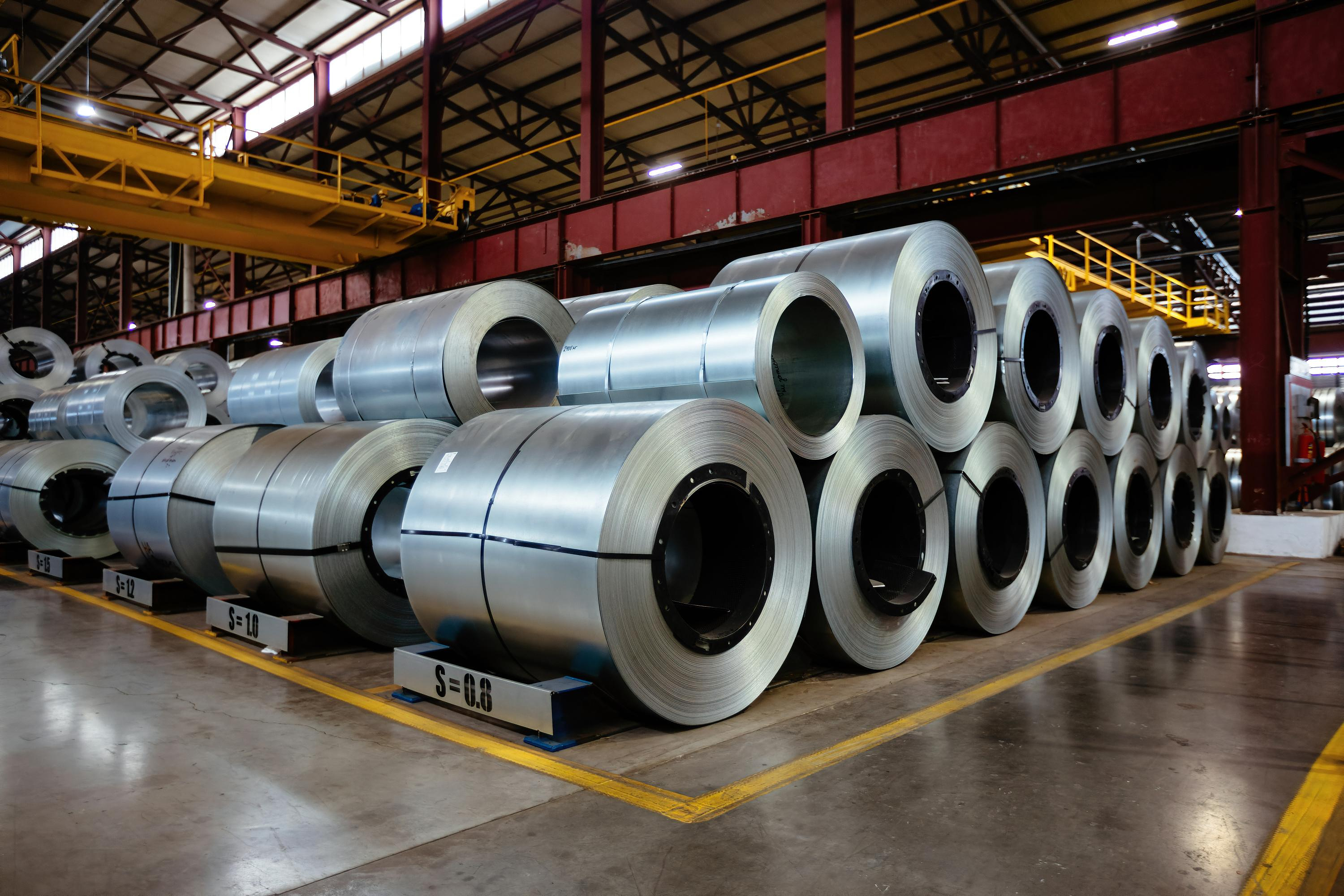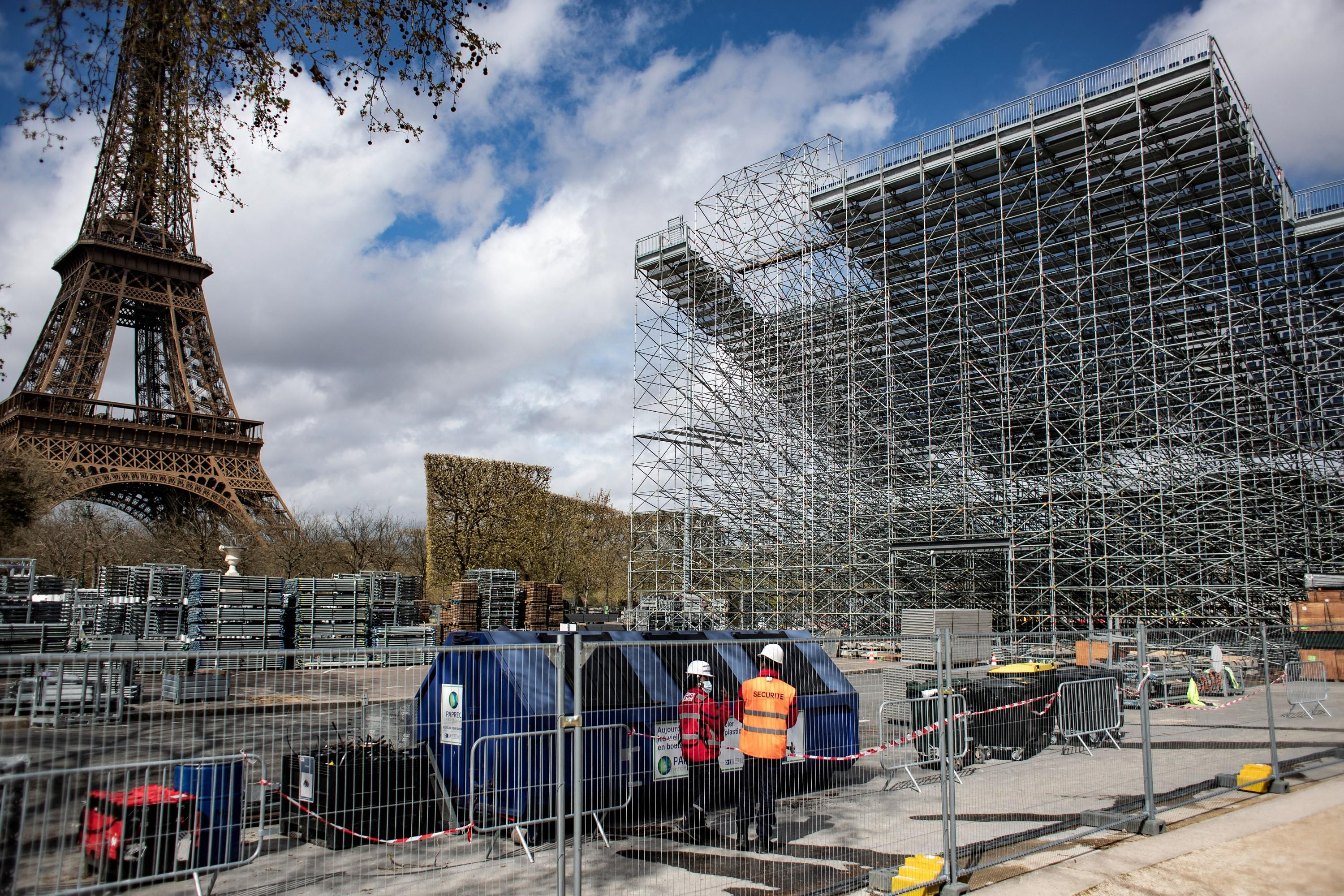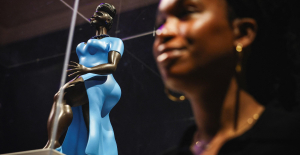There are five inconspicuous wooden boxes that are lowered into the ground by the men at the Dahlem forest cemetery in Berlin. But the bone boxes contain around 16,000 human bone fragments - and a heavy historical legacy.
The bones were found during several excavations since 2015 on what is now Freie Universität. The exact origin of the bones could not be finally clarified. There are connections to National Socialism, the Auschwitz death camp and the concentration camp doctor Josef Mengele, but also to colonial history.
"Broken, thrown away, buried in burrows," says the director of the Berlin State Monuments Office, Christoph Rauhut, when describing where the bones were found. "Today we want to bury them with dignity." Around 100 people gathered on the forecourt of the cemetery chapel on Thursday. In a non-religious and non-Eurocentric memorial service, the people remembered the victims. It was said that an agreement had been reached with the victims' associations. But there are also survivors who would have preferred a different, more religious celebration.
"The inhuman practice of research racism did not provide for a burial for the remains and threw them in pits," said Daniel Botmann from the Central Council of Jews at the funeral service. "Today we carry to their final resting numerous lives whose voices and biographies have been erased."
But who exactly was buried in the bone boxes is not known – also because the associations refused to examine the finds further. "Specifying the victims according to certain groups would ultimately only reproduce the racist methods and ideologies of the past," said FU President Günter Ziegler. “But that also means that we can no longer assign names or faces to the victims. But we can remember them.”
Bone fragments from excavations since 2015 were buried - but the first bones had already been found by chance during construction work at the FU in 2014. At that time there was criticism that they were cremated without in-depth investigations.
In the years that followed, more bones and bone fragments came to light during excavations. According to the research, they came from people of all ages. Remains of glue and inscriptions were found on some of the bones, which indicated an origin from anthropological or archaeological collections.
The place where it was found is particularly tricky: the Kaiser Wilhelm Institute for Anthropology, Human Genetics and Eugenics used to be located in the vicinity. Body parts that the concentration camp doctor Josef Mengele sent from the Auschwitz death camp to Berlin were examined in the institute. After the end of the war, the facility was discontinued and parts were transferred to the Max Planck Society.
According to the FU, these are bones from "victims from crime contexts", and some of the bones could also come from victims of National Socialist crimes. "Auschwitz cannot be ruled out as the place of origin of individual bones, but the investigations into the finds also point in the direction of the colonial past and racial political violence," said Josef Schuster, President of the Central Council of Jews. The Central Council of Jews is part of the working group that discussed what to do with the finds.
The probability that some of the fragments go back to Nazi victims cannot be dismissed out of hand, said Dotschy Reinhardt from the Central Council of German Sinti and Roma, who was also part of the working group. "The trail leads back to a collaboration between the former Kaiser Wilhelm Institute and the Auschwitz Birkenau camp doctor, Josef Mengele."
The legacy calls for a critical examination of history, said Christoph Rauhut from the State Monuments Office in Berlin. It could be the basis for a culture of remembrance that does justice to the memory of the victims. "As we all know, this was not the case here at first," said Rauhut. The first bones were discovered in a pit.
An inscription on the grave reminds us of the history of the buried: "In memory of victims of crimes in the name of science" it says. Many of those present bowed to the tomb and threw white roses into it. "We don't know the names, faces, identities or stories of the individual people we bury today," Ziegler said. "It's a lot of people. They have all been victims of crimes committed in the name of science. No grass can grow over it. We have an obligation to remember.”
From 2024, a permanent exhibition at the sites where the bones were found on the university campus will commemorate the crimes committed in the name of science.
You can also find "World History" on Facebook. We are happy about a like.

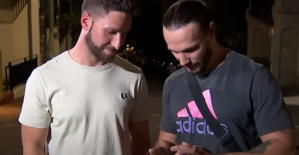 Knife attack in Australia: who are the two French heroes congratulated by Macron?
Knife attack in Australia: who are the two French heroes congratulated by Macron?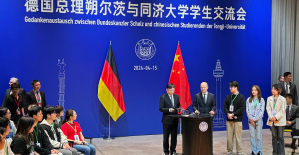 Faced with an anxious Chinese student, Olaf Scholz assures that not everyone smokes cannabis in Germany
Faced with an anxious Chinese student, Olaf Scholz assures that not everyone smokes cannabis in Germany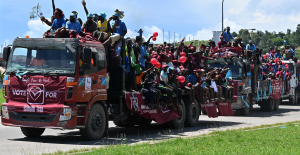 In the Solomon Islands, legislative elections crucial for security in the Pacific
In the Solomon Islands, legislative elections crucial for security in the Pacific Sudan ravaged by a year of war
Sudan ravaged by a year of war Covid-19: everything you need to know about the new vaccination campaign which is starting
Covid-19: everything you need to know about the new vaccination campaign which is starting The best laptops of the moment boast artificial intelligence
The best laptops of the moment boast artificial intelligence Amazon invests 700 million in robotizing its warehouses in Europe
Amazon invests 700 million in robotizing its warehouses in Europe Inflation rises to 3.2% in March due to gasoline and electricity bills
Inflation rises to 3.2% in March due to gasoline and electricity bills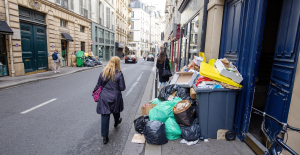 Olympic Games-2024: which professions are likely to strike during the competition?
Olympic Games-2024: which professions are likely to strike during the competition? Pizzas sold throughout France recalled for “possible presence” of glass debris
Pizzas sold throughout France recalled for “possible presence” of glass debris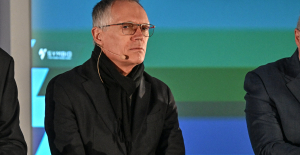 “As for a football player, there is a contract”: Carlos Tavares defends his remuneration of 36.5 million euros
“As for a football player, there is a contract”: Carlos Tavares defends his remuneration of 36.5 million euros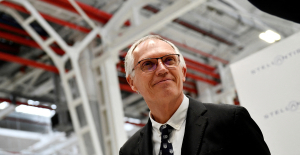 Stellantis: shareholders validate the controversial remuneration of Carlos Tavares
Stellantis: shareholders validate the controversial remuneration of Carlos Tavares Dune 3 will be the last film of Denis Villeneuve's adaptation
Dune 3 will be the last film of Denis Villeneuve's adaptation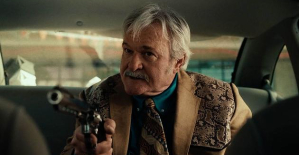 Shane Atkinson, humble disciple of the Coen brothers
Shane Atkinson, humble disciple of the Coen brothers Outcry from publishers against the authorization of advertising for books on television
Outcry from publishers against the authorization of advertising for books on television Eddy de Pretto celebrates his “last party too many” at the Olympia
Eddy de Pretto celebrates his “last party too many” at the Olympia Skoda Kodiaq 2024: a 'beast' plug-in hybrid SUV
Skoda Kodiaq 2024: a 'beast' plug-in hybrid SUV Tesla launches a new Model Y with 600 km of autonomy at a "more accessible price"
Tesla launches a new Model Y with 600 km of autonomy at a "more accessible price" The 10 best-selling cars in March 2024 in Spain: sales fall due to Easter
The 10 best-selling cars in March 2024 in Spain: sales fall due to Easter A private jet company buys more than 100 flying cars
A private jet company buys more than 100 flying cars This is how housing prices have changed in Spain in the last decade
This is how housing prices have changed in Spain in the last decade The home mortgage firm drops 10% in January and interest soars to 3.46%
The home mortgage firm drops 10% in January and interest soars to 3.46% The jewel of the Rocío de Nagüeles urbanization: a dream villa in Marbella
The jewel of the Rocío de Nagüeles urbanization: a dream villa in Marbella Rental prices grow by 7.3% in February: where does it go up and where does it go down?
Rental prices grow by 7.3% in February: where does it go up and where does it go down? Europeans: the schedule of debates to follow between now and June 9
Europeans: the schedule of debates to follow between now and June 9 Europeans: “In France, there is a left and there is a right,” assures Bellamy
Europeans: “In France, there is a left and there is a right,” assures Bellamy During the night of the economy, the right points out the budgetary flaws of the macronie
During the night of the economy, the right points out the budgetary flaws of the macronie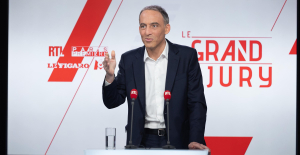 Europeans: Glucksmann denounces “Emmanuel Macron’s failure” in the face of Bardella’s success
Europeans: Glucksmann denounces “Emmanuel Macron’s failure” in the face of Bardella’s success These French cities that will boycott the World Cup in Qatar
These French cities that will boycott the World Cup in Qatar Dortmund-Atlético: two months before the Euro, Griezmann warms up the engine
Dortmund-Atlético: two months before the Euro, Griezmann warms up the engine Football: Bernd Hölzenbein, 1974 world champion, died at 78
Football: Bernd Hölzenbein, 1974 world champion, died at 78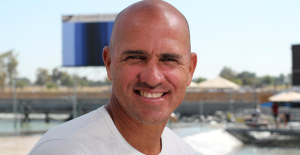 'Everything comes to an end': Surfing legend Kelly Slater moves closer to retirement
'Everything comes to an end': Surfing legend Kelly Slater moves closer to retirement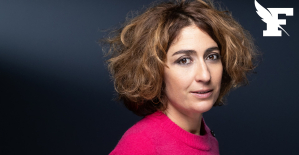 Athletics: the victory of a transgender athlete causes controversy in the United States
Athletics: the victory of a transgender athlete causes controversy in the United States






